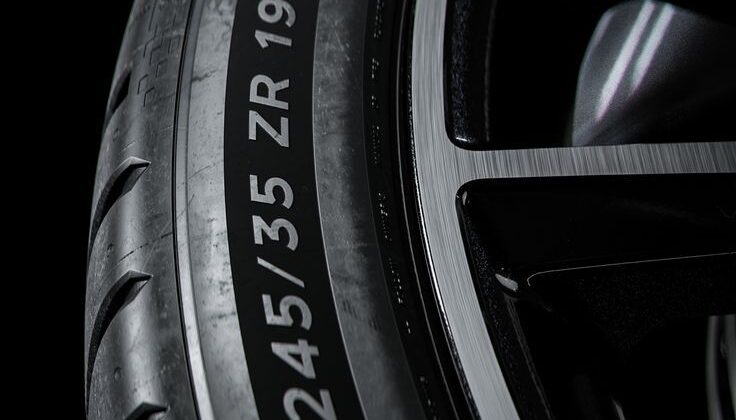Have you ever looked at the sidewall of your car tires and wondered what all those numbers and initials mean? Understanding these markings is crucial for maintaining your tires and ensuring optimal performance and safety on the road. Lets decode the mysteries behind the numbers and initials found on car tires, providing you with valuable insights into your vehicle’s rubber companions.
Tire Class
The first letter in the tire code indicates the tire class. “P” stands for passenger vehicle tires, while “LT” denotes light truck tires. Understanding the tire class helps ensure you select tires designed for your specific vehicle type.
Tire Width
The first number in the sequence represents the width of the tire in millimeters. For example, a tire marked with “205” indicates a width of 205 millimeters from sidewall to sidewall.
Aspect Ratio
Following the tire width, you’ll find a two-digit number representing the aspect ratio, which is the ratio of the tire’s height to its width. For instance, in a tire marked “55,” the height is 55% of the width.
Construction Type
The letter following the aspect ratio denotes the tire’s construction type. “R” stands for radial, which is the most common type of tire construction today, offering better handling and fuel efficiency.
Wheel Diameter
The next number indicates the diameter of the wheel in inches. For example, a tire marked “16” is designed to fit a 16-inch wheel.
Load Index
A numerical code representing the maximum load capacity of the tire is often included. This load index indicates the maximum weight that the tire can support when properly inflated.
Speed Rating
The speed rating indicates the maximum speed capability of the tire under optimal conditions. This letter code ranges from “A” (lowest) to “Y” (highest), with each letter corresponding to a specific speed range.
Treadwear Rating
Some tires feature a treadwear rating, which provides an indication of the tire’s expected lifespan relative to a reference tire. A higher treadwear rating suggests greater durability.
Traction Rating
Traction ratings assess a tire’s ability to grip the road surface under wet conditions. Ratings range from AA (highest) to C (lowest), with higher ratings indicating better traction.
Temperature Rating
Temperature ratings evaluate a tire’s resistance to heat buildup under high speeds. Ratings range from A (highest) to C (lowest), with higher ratings indicating better heat resistance.
DOT Code
The Department of Transportation (DOT) code provides information about the tire’s manufacturing date and place. This alphanumeric code includes the week and year of manufacture, as well as the tire plant code.
By understanding the numbers and initials on your car tires, you gain valuable insights into their specifications and capabilities. This knowledge empowers you to make informed decisions when selecting tires and ensures proper maintenance for optimal performance and safety on the road. Take the time to decode the markings on your tires—it’s a small investment that can yield significant dividends in terms of driving comfort, efficiency, and safety.

